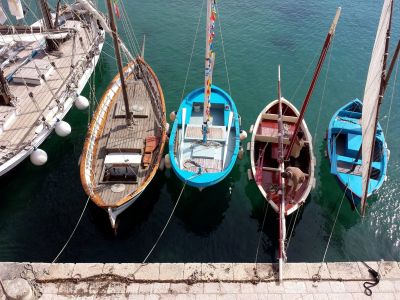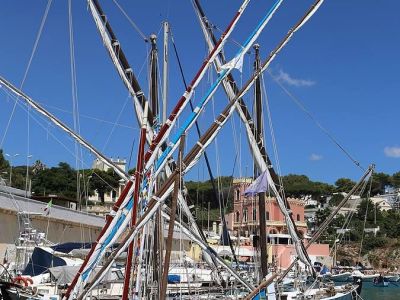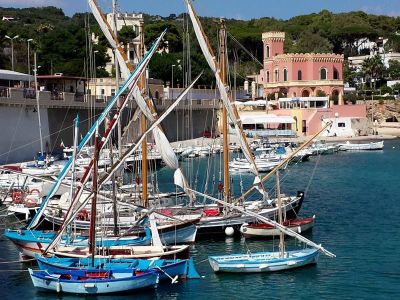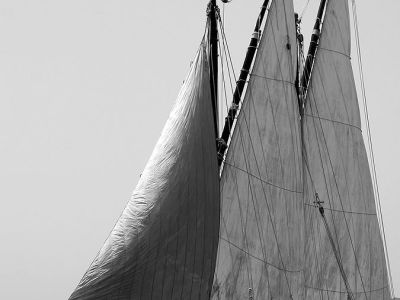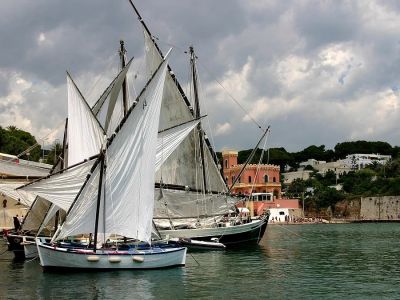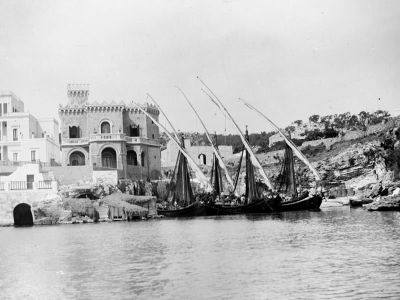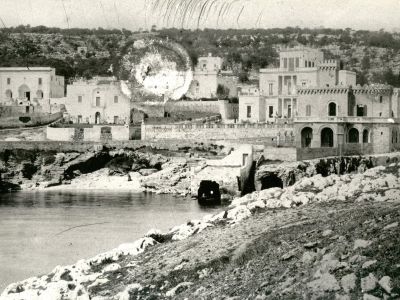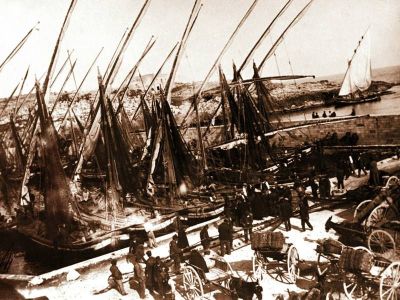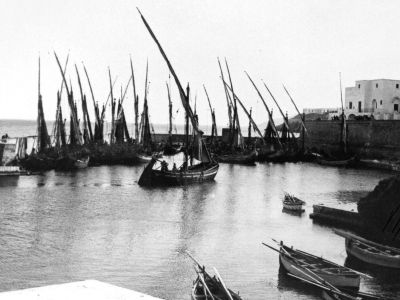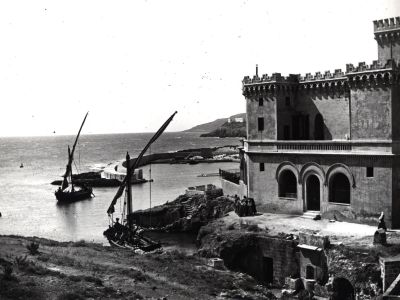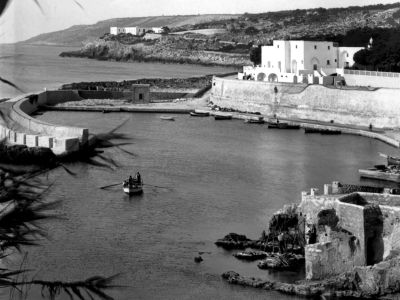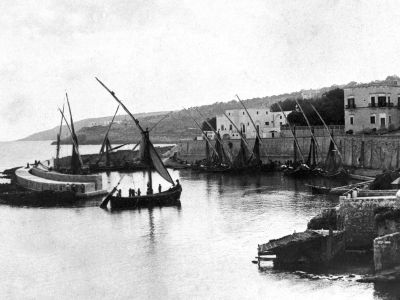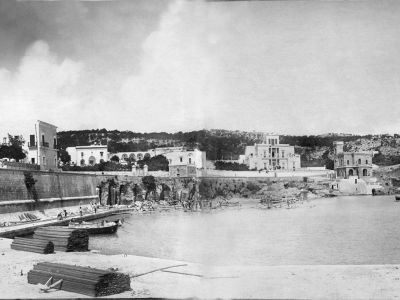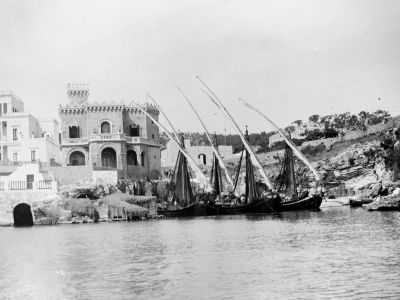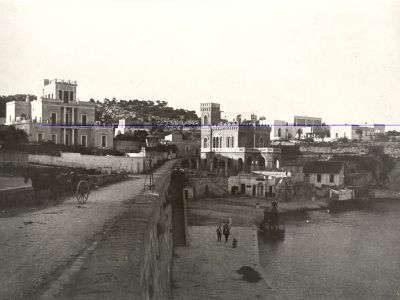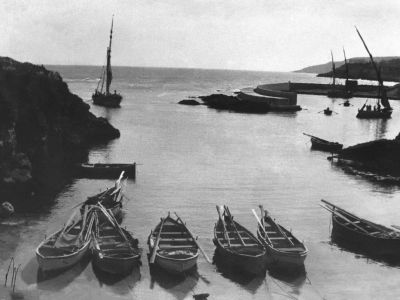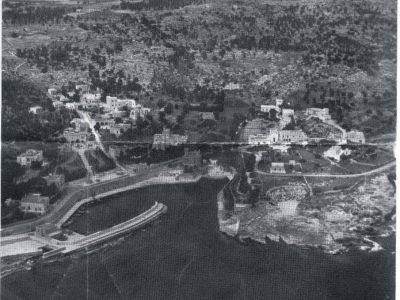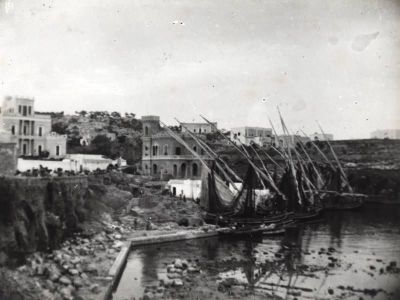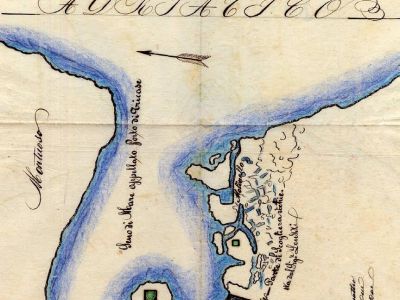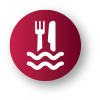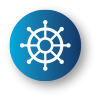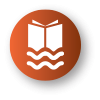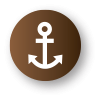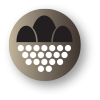investing in culture and nature
At the center of the protected area of the Regional Natural Park “Costa Otranto, Santa Maria di Leuca e Bosco di Tricase”, there is the Port Museum of Tricase, the Ecomuseo of Venus , the ancient Portus Veneris.
The Port-Museum is born from the synergy implemented by the Municipality of Tricase , by Magna Grecia Mare Association (organization manager), the Mediterranean Agronomic Institute of Bari (CIHEAM Bari), the University of Salento and the Regional Park “Costa Otranto, S. Maria di Leuca and Bosco di Tricase”, and from the territorial cooperation between Greece and Italy (Interreg 2007-2013).
This is a unique and precious example of a museum made out of a port, its sea, its coastal territory and particularly its people and their traditions and heritage. It is one of the very few models of economic, social and environmental growth applied to a coastal community projected in the Mediterranean, a perfect and concrete example of the concept of durable sustainability.
As a result of that and following the favorable opinion expressed by the Regional Council for Ecomuseums, on the initiative of the Department Tourism, Economy of Culture and Valorisation of the Territory of the Puglia Region, now the Port Museum of Tricase has been formally recognized as “Ecomuseum of regional interest” (Deliberation No. 1182/2017 of the Regional Council, pursuant to Regional Law No. 15/2011).
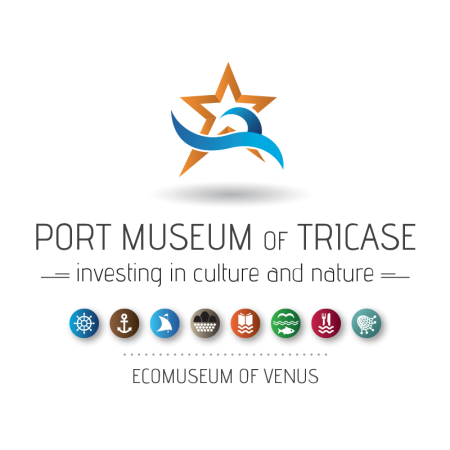
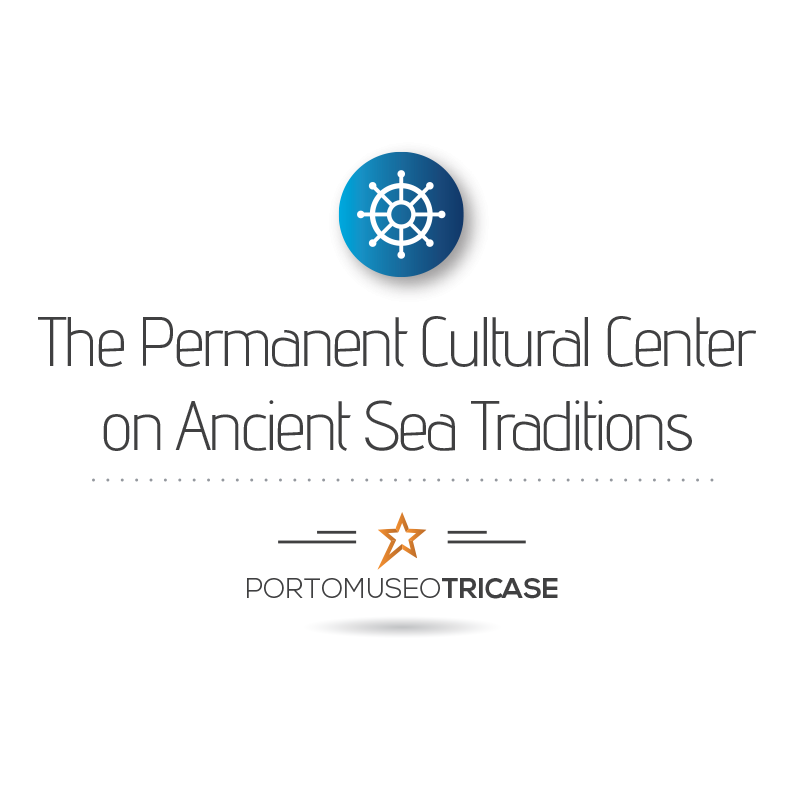
Founded and run by the Magna Grecia Mare Association, in partnership with the Municipality of Tricase, it was inaugurated on 30th April 2006, along with the Museum of Traditional Boats and the School of Lateen Sailing and Ancient Seafaring. It is located in the Casotto of the Port of Tricase, on the South Quay of the Old Port, hosting the legal and operational headquarters…
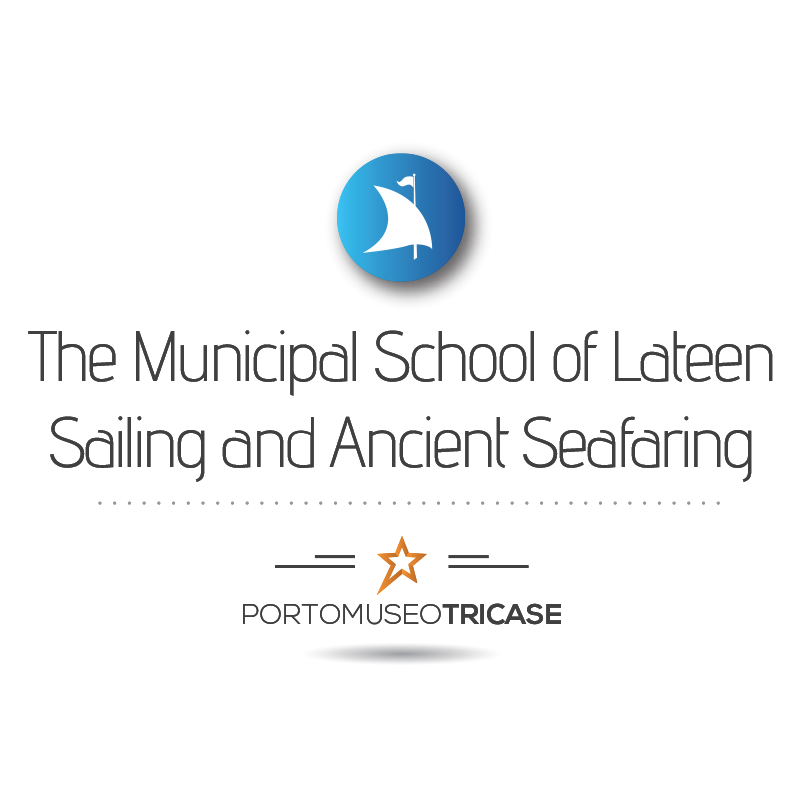
It is annexed to the Museum of Traditional Boats, and it is aimed at young people and adults who wish to get closer to a real culture of the sea and to a way of life characterized by initiative, adventure, sense of responsibility and passion. It is a school of active training, practice of the sea, ancient techniques of navigation, seamanship, care of the boat, cooking traditions, life of coastal populations…
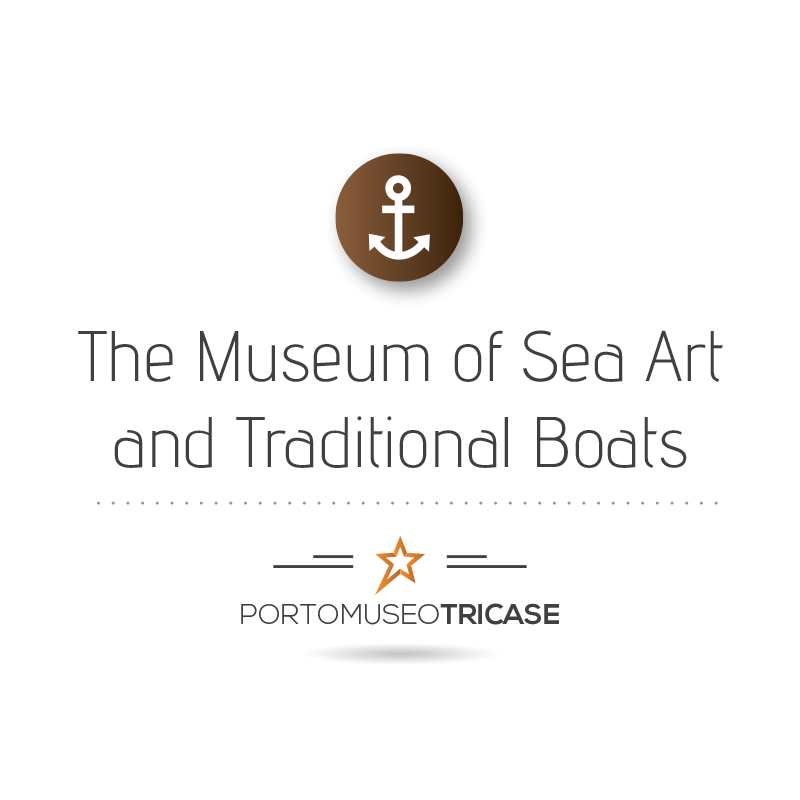
It consists of two parts. The “active” part is represented by the fleet of traditional boats. After being saved from fire or obsolescence, historical fishing boats, varche and schifareddhi, have been carefully restored and returned to the sea and navigation. They are moored in a dedicated space, offering a striking and colorful vision to all visitors who stroll along the quays, and are also available…
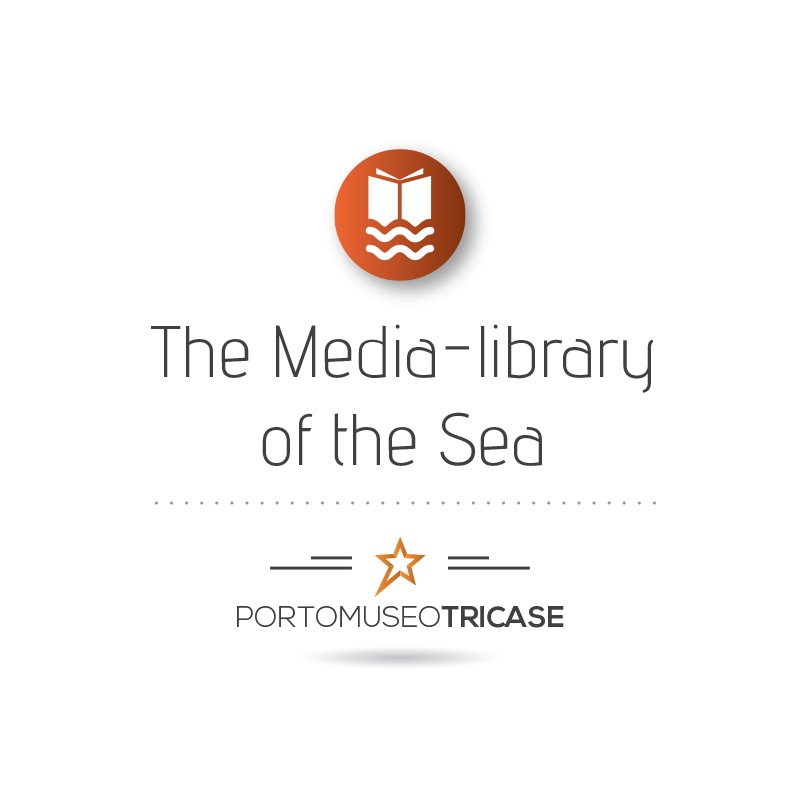
As an integral and fundamental part of the Permanent Cultural Center on the Ancient Maritime Traditions has been created the Sea Library, the library is an extraordinary tool that allows everyone to read books, consult texts and documents, view photographs and videos, listen to interviews, explore all related issues to the sea and its traditions, drawing directly from the sources of …

It is a place for the research, experimentation, and offering of the ancient and traditional recipes of processing and preservation of sea and land products. It organizes courses and seminars devoted to students of hotel schools, to cultural associations attentive to the traditional gastronomy, to anyone who wants to live, try and learn secrets and recipes of home cooking, which are always healthy and tasty, and often pleasantly “poor”…
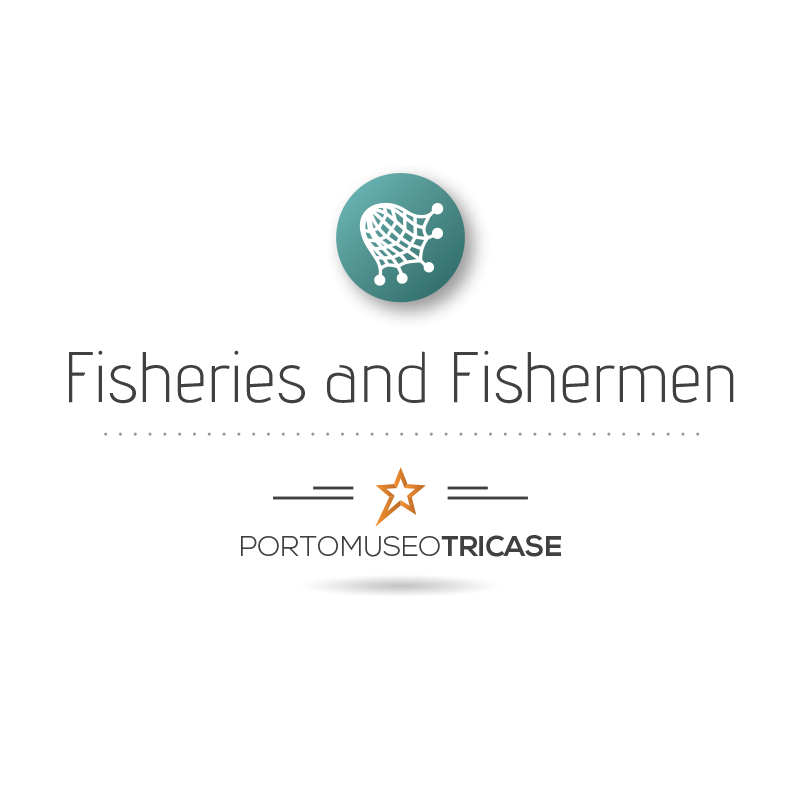
The Port of Tricase is also made by a small fishing community, owning small boats and a few tools, catching fish of little value. Men and women, old and young, are attentive guardians of family traditions, proud of their history and origins. These people are aware that their existence is due to the sea and that the sea entrust their future. The fishermen of the Port Museum of Tricase, together with its community and its social, cultural and economic…
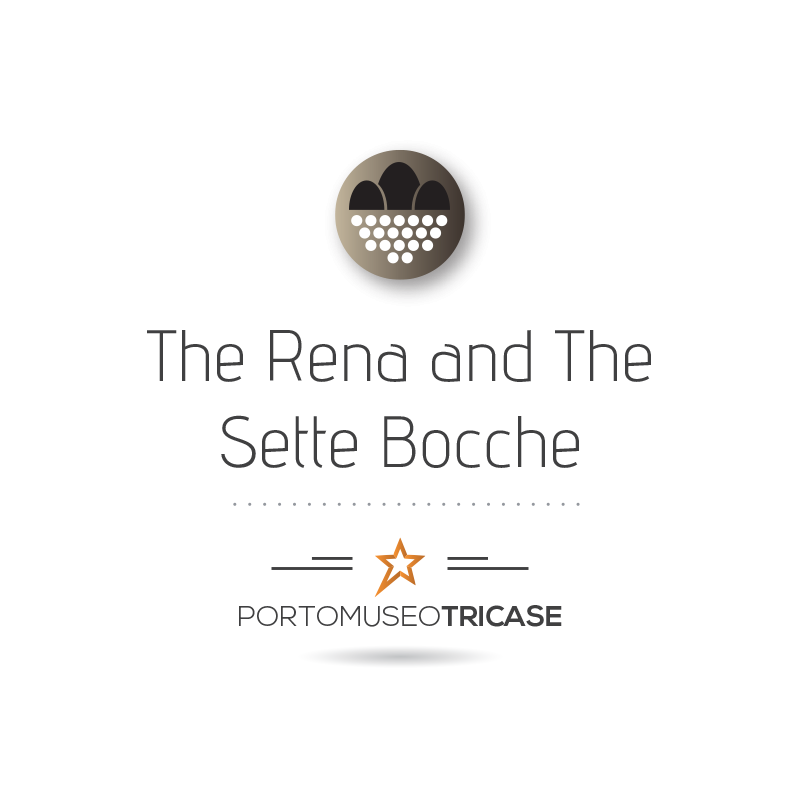
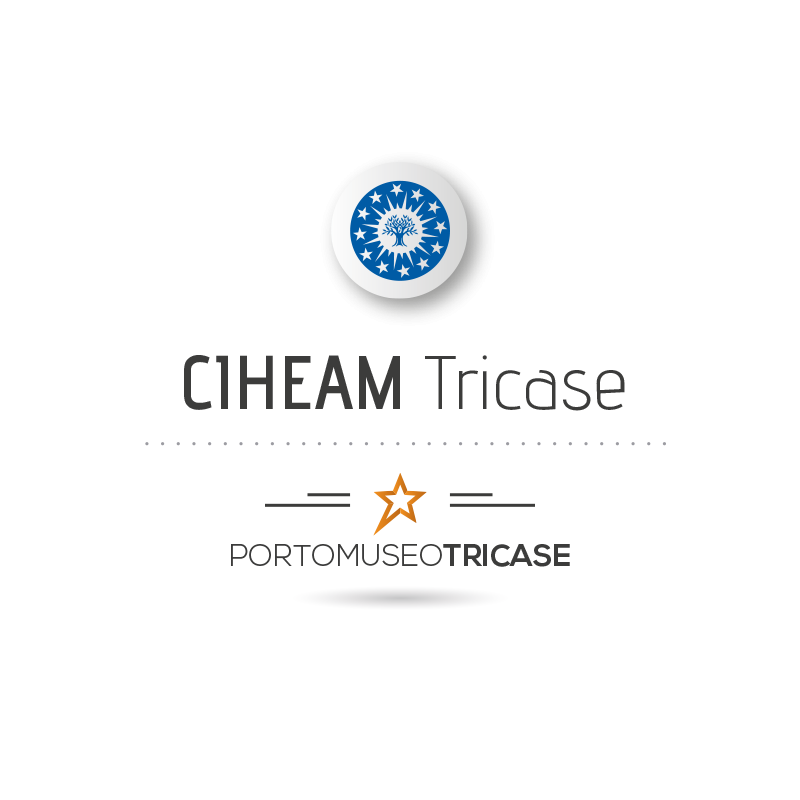
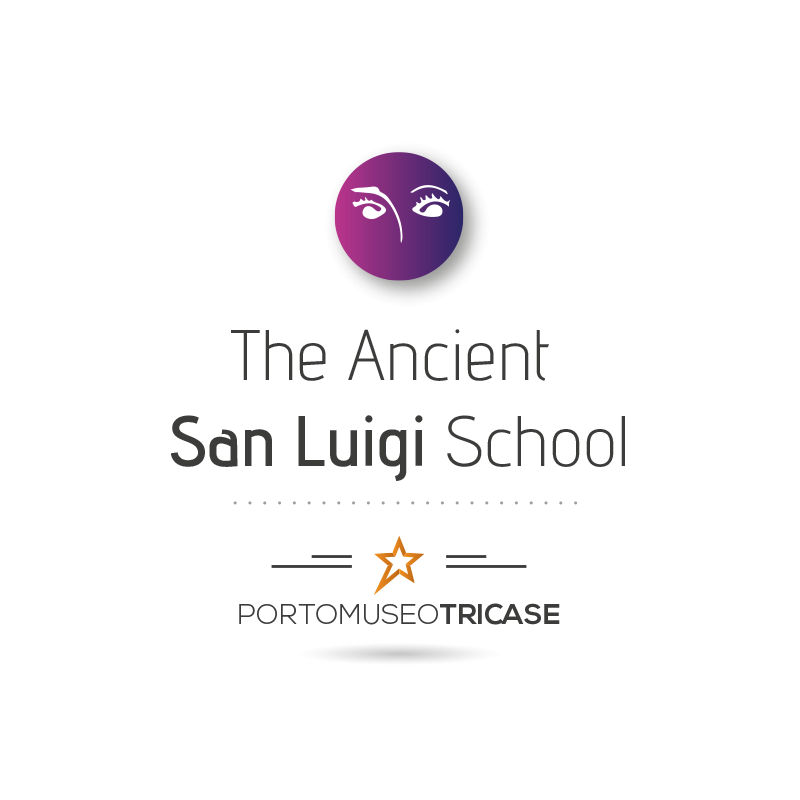
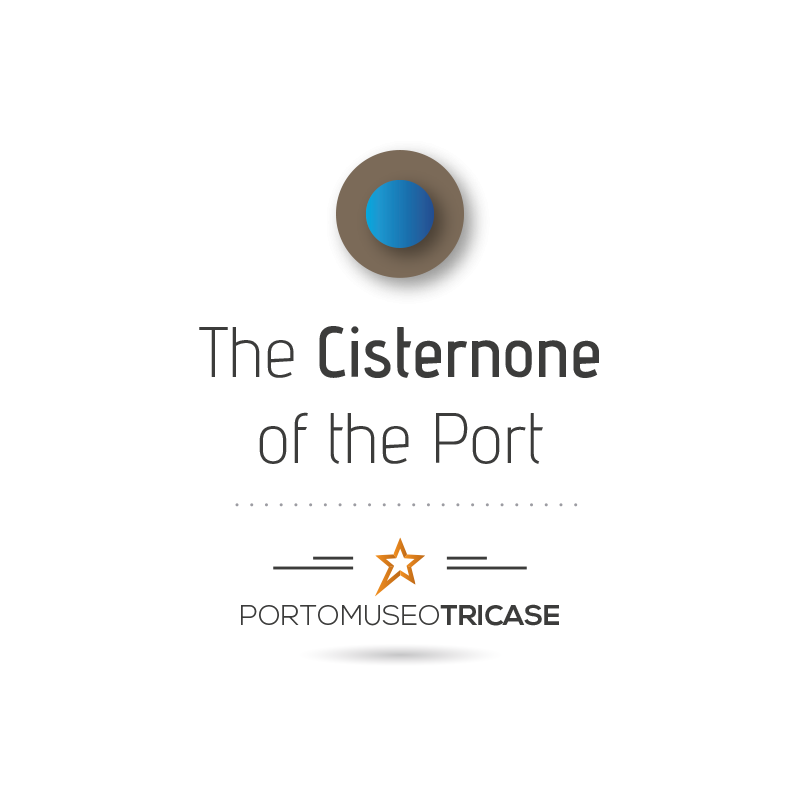
Videogallery
© 2020 Associazione Magna Grecia Mare P.IVA: IT03755890757 • Cookie & Privacy Policy
